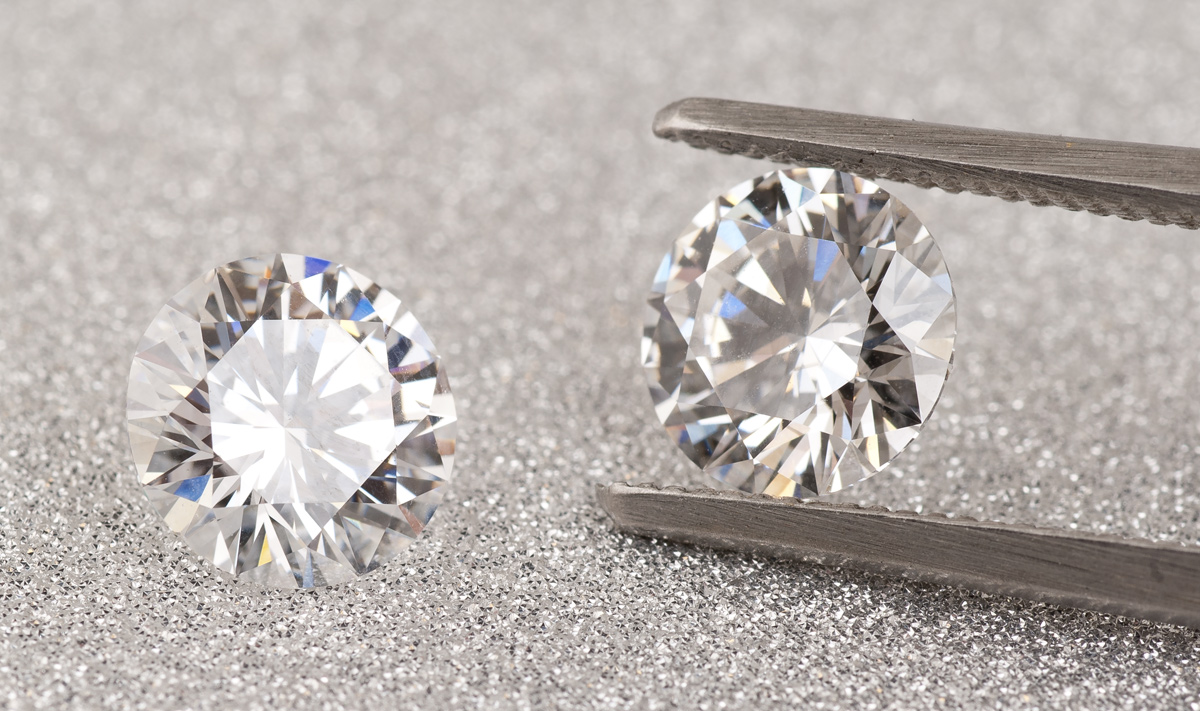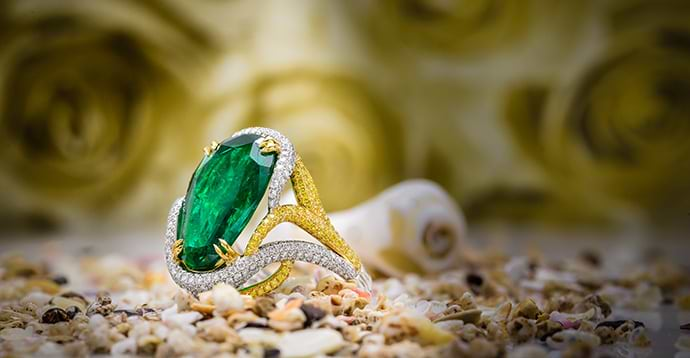In recent years, the diamond industry has undergone a significant transformation with the introduction of lab-grown diamonds. These stunning gems have become increasingly popular among consumers seeking ethically sourced and affordable options. This article delves into the world of loose lab diamonds, exploring their characteristics, benefits, and why they are a worthy alternative to traditional mined diamonds.
What Are Lab-Grown Diamonds?
Lab-grown diamonds, also known as synthetic or cultured diamonds, are created in controlled environments using advanced technology that mimics the natural processes that form diamonds beneath the Earth’s surface. There are two primary methods for producing lab-grown diamonds: High-Pressure High-Temperature (HPHT) and Chemical Vapor Deposition (CVD).
The HPHT method simulates the extreme heat and pressure found deep within the Earth. A small diamond seed is placed in carbon, which is then subjected to intense heat and pressure, allowing it to crystallize and grow into a diamond. The CVD method involves placing a diamond seed in a chamber filled with carbon-rich gas. The gas is then heated to create a plasma that allows carbon to bond to the seed and grow layer by layer into a diamond. Both methods produce diamonds that are chemically, physically, and optically identical to natural diamonds, making them a popular choice for those who desire the beauty of diamonds without the ethical concerns associated with mining.
The Appeal of Loose Lab Diamonds
Affordability
One of the most significant advantages of loose lab diamonds is their cost. They are typically 20-40% less expensive than their mined counterparts due to lower production costs and the absence of mining expenses. This affordability allows consumers to purchase larger or higher-quality diamonds within their budgets.
Ethical Considerations
Loose lab diamonds are a responsible choice for environmentally and socially conscious consumers. Mined diamonds can be associated with unethical labor practices, environmental degradation, and conflict financing. In contrast, lab-grown diamonds are produced in controlled settings, ensuring that they are free from such issues.
Quality and Variety
Lab-grown diamonds come in a wide range of colors, sizes, and cuts. Since they are created in controlled environments, they can be produced with fewer impurities, often resulting in diamonds with superior clarity and brilliance. Furthermore, consumers can select specific characteristics, such as carat weight, color grade, and cut, without the limitations often found in the mined diamond market.
Environmental Impact
The environmental footprint of lab-grown diamonds is significantly lower than that of mined diamonds. Mining operations can result in habitat destruction, soil erosion, and water pollution. In contrast, lab-grown diamonds require minimal land disturbance and generate less waste, making them a more sustainable option for eco-conscious consumers.
Choosing Loose Lab Diamonds
When selecting loose lab diamonds, there are several key factors to consider. Just like natural diamonds, lab-grown diamonds are graded based on the Four Cs: Cut, Color, Clarity, and Carat weight.
The cut refers to how well the diamond has been shaped and faceted. A well-cut diamond reflects light beautifully and enhances its overall appearance. The color grading for lab-grown diamonds ranges from colorless to light yellow or brown, with the most sought-after diamonds being those that are completely colorless. Clarity measures the presence of internal or external imperfections, with higher clarity diamonds being more desirable. Finally, carat weight indicates the size of the diamond, with larger diamonds typically commanding higher prices.
In addition to the Four Cs, consumers should also consider certifications. Reputable lab-grown diamonds come with grading reports from recognized gemological laboratories, such as the Gemological Institute of America (GIA) or the International Gemological Institute (IGI). These reports provide detailed information about the diamond’s characteristics and authenticity, ensuring that consumers make informed decisions.
Conclusion
Loose lab diamonds represent a modern and ethical choice for consumers seeking beautiful and affordable alternatives to traditional mined diamonds. With their impressive quality, variety, and lower environmental impact, lab grown diamonds have made a significant mark on the jewelry market. As awareness of these gems continues to grow, more individuals are likely to choose loose lab diamonds for their engagement rings, earrings, and other cherished pieces. By opting for lab-grown diamonds, consumers can enjoy the timeless elegance of diamonds while supporting sustainable practices and ethical sourcing.





